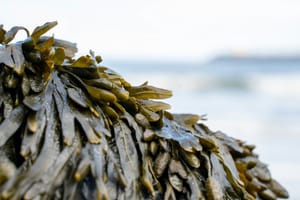MALAYSIA IS RANKED ninth on the list over the world’s biggest fish and seafood consumers per capita, way ahead of countries like China, or any neighbouring ASEAN countries. Given Malaysia’s cultural, economic and geographical connections to the sea, our unique position in a mega diverse marine biodiversity area has deeply rooted our diet to seafood. One surely cannot imagine Nasi Lemak without anchovies or Penang’s famous Char Koay Teow without blood cockles. However, I am very sure that this is becoming common as we face challenges of dwindling supply of fish and our ever-growing appetite for seafood.
Malaysia used to be a net exporter of seafood products, but this took a turn in 2013 when we started importing more seafood products than exporting them. Since then, we have been running on a trade deficit on seafood, which in 2022 amounted to (-)RM3.2bil.[1] Past issues in Penang Monthly have already highlighted several strategies on improving the sector through the lens of sustainability in capture—fisheries, restorative aquaculture, supply chain management and ecosystem protection;[2][3][4][5] therefore, I shall not repeat them here.






